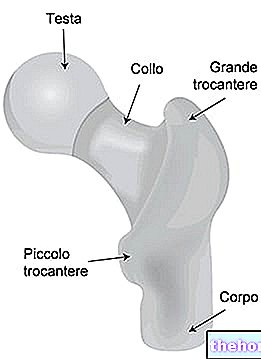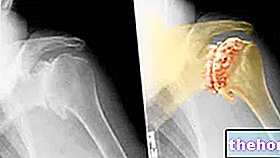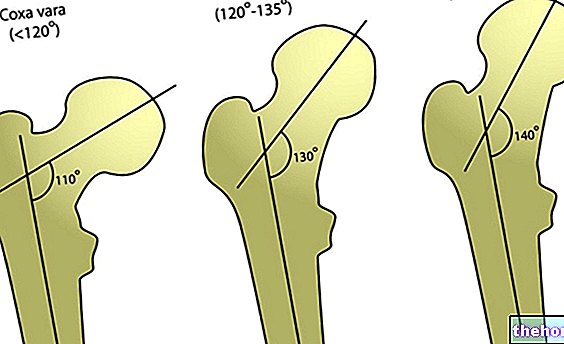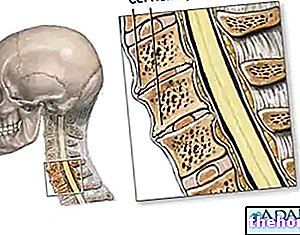Causes, Symptoms, Diagnosis
Paget's disease is a chronic disease characterized by an "alteration of the bone remodeling cycle, as a result of which some bone areas become metabolically hyperactive and richly vascularized.

The initial event is probably represented by a marked increase in bone resorption, due to the excessive activity of the osteoclasts. Osteolysis is followed by a compensatory increase in bone formation induced by locally recruited osteoblasts. Accelerated osteoblastic activity produces disorganized bone tissue, where the normal architecture is replaced by the coarse arrangement of lamellae and trabeculae ("mosaic" pattern). As a consequence, the newly formed bone can gradually increase in volume, decrease its biomechanical efficiency and load resistance, with effects also on the contiguous joints. The bone matrix is replaced with an inadequately mineralized, softer and weaker structure. The patient suffering from Paget's disease, he is therefore susceptible to pain, fractures, skeletal deformations, secondary osteoarthritis or compression of the nervous structures. In relation to the part of the body concerned, various complications of a neurological, cardiac, metabolic or rheumatological nature may progressively arise. Paget typically begins in older people and can affect any skeletal bone, although it most commonly occurs in the spine, pelvis, long limb bones, or skull.
Paget's disease of bone is often asymptomatic, or clinical signs are confused with other skeletal abnormalities associated with aging. Typically, the diagnosis is made following a routine radiological examination or biochemical evaluation. Blood tests often indicate. an increase in alkaline phosphatase, a parameter that reflects rapid bone turnover. Bone scintigraphy allows to determine the degree of bone involvement, while a bone biopsy is only necessary if osteosarcoma is suspected. The course of Paget's disease of the bone is highly variable: periods of stability can alternate with periods of rapid progression.




























